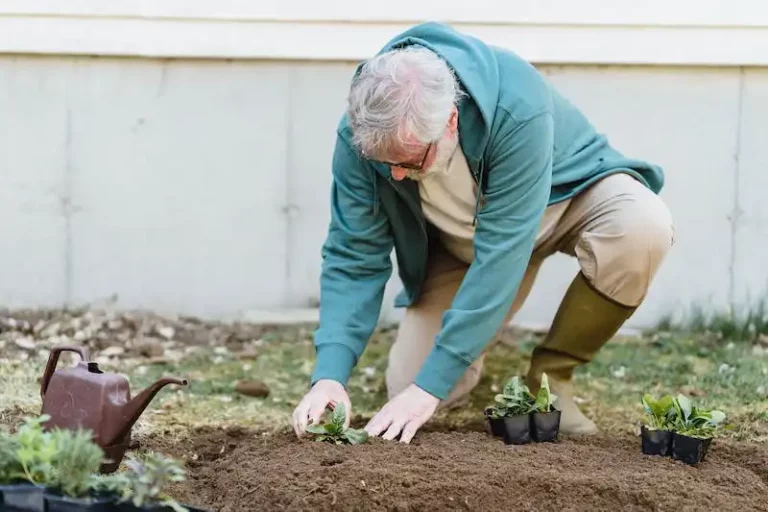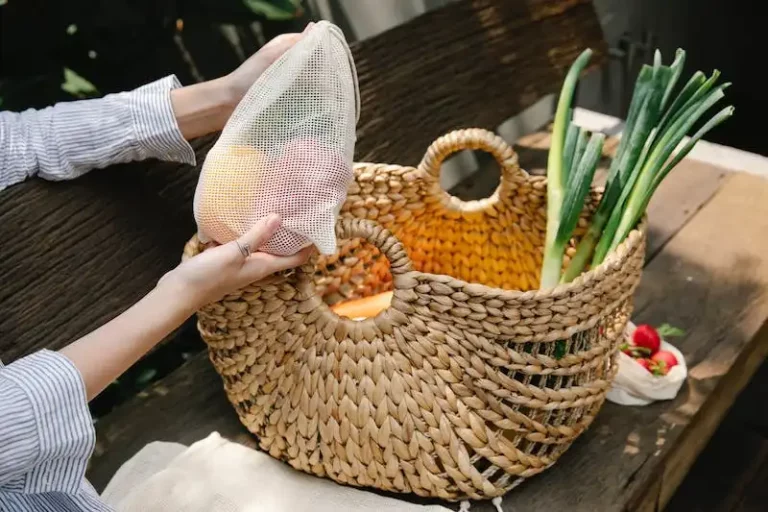The U S Forest Service (USFS) is an agency of the U S Department of Agriculture (USDA) that manages and protects the nation’s 193 million acres of forests and grasslands. Its mission is to sustain the health, diversity, and productivity of these lands for the benefit of present and future generations. The USFS works in partnership with state and local governments, tribal nations, and other organizations to manage and restore the land and resources, provide public recreation opportunities, and support outdoor education.
One of the main functions of the USFS is to provide technical assistance and support to private landowners and communities in managing their forests and lands. The agency helps landowners develop and implement forest stewardship plans, manage invasive species, and address pest and disease issues. The USFS also provides funding and resources for research and development projects aimed at improving forest management practices, enhancing wildlife habitat, and promoting sustainable uses of forest resources.
The USFS is responsible for maintaining and improving the health and resilience of forests and grasslands, which are vital for clean air, clean water, wildlife habitat, and carbon storage. The agency works to reduce the risks of catastrophic wildfires, restore ecosystems, and conserve biodiversity. It also promotes sustainable practices such as timber harvesting, grazing, and recreation in designated areas.
In addition to its natural resource management responsibilities, the USFS plays a critical role in protecting and enhancing the recreational opportunities and cultural resources on public lands. The agency maintains a network of campgrounds, trails, and picnic areas, and provides information and educational materials for visitors. The USFS also works with partners to develop and implement conservation programs that promote outdoor recreation, nature tourism, and environmental education.
How to Grow and Care for Elderberry Trees
Elderberry trees, known scientifically as Sambucus, are versatile and beautiful plants that can be grown in a variety of environments. Whether you’re interested in their uses for food or their support of wildlife and pollination, elderberry trees can be a welcome addition to your garden or landscape.
When choosing a site to plant elderberry trees, it is important to consider a few key factors. Elderberries prefer full sun but can tolerate partial shade. They grow best in acidic soils, but can also adapt to neutral or slightly alkaline soils. Additionally, elderberries are relatively drought tolerant but will benefit from regular watering, especially during dry spells.
Pruning elderberry trees is an important part of their care and maintenance. It is best to prune them in late winter or early spring while they are dormant. This helps promote new growth and keeps the tree healthy and productive. Pruning should include removing any dead or diseased wood, as well as thinning out the canopy to allow for better air circulation and sunlight penetration.
Elderberries can be grown from seeds or purchased as container-grown plants. If starting from seeds, they will need stratification, which involves exposing the seeds to cold temperatures for a period of time. This mimics the natural frost cycle and helps break seed dormancy. If planting container-grown elderberries, dig a hole slightly larger than the container and gently remove the tree, being careful not to disturb the roots. Place the tree in the hole and fill in with soil, firmly pressing it down around the base of the tree.
One specific type of elderberry tree is the American elderberry (Sambucus canadensis). This variety is native to eastern North America and grows well in a wide range of soil types. It produces large clusters of small, bright purple berries that are highly sought after for their antioxidant properties. Additionally, the flowers of the elderberry tree are used in the production of wines and other culinary creations.
While elderberry trees are generally not prone to many diseases or pests, it is important to be aware of their toxicity. All parts of the elderberry tree, except for the ripe berries, contain toxins that can cause illness if ingested. It is important to educate yourself about the specific risks and take necessary precautions if you have pets or small children.
If you’re interested in growing elderberry trees or want more detailed information, consider visiting the U.S. Forest Service website. They have a wealth of information and resources to support your gardening endeavors.
In conclusion, elderberry trees are a versatile and beautiful addition to any landscape. Whether you’re planting them for their edible berries, their ability to attract wildlife, or their support of pollinators, elderberries are sure to play a role in your garden. Just remember to choose a suitable site, provide the necessary care and maintenance, and enjoy the beauty and benefits that elderberry trees have to offer.
Click Play to Learn How to Grow and Harvest Elderberry Trees
If you’re curious about growing elderberry trees and how to harvest their berries, click play for more information. Elderberry trees, scientifically known as Sambucus, are native to many parts of the world and are widely planted for their beautiful flowers and delicious berries.
Elderberries are prone to non-producing or low-producing trees, so it’s always better to plant more than one type for cross-pollination. The spacing between trees should be about 10-12 feet apart. If you’re looking to grow elderberries, make sure you’re aware of the toxicity of other plants in the area, such as hemlock. Elderberries can sometimes sprout from seeds, but it is more common to plant a young elderberry tree or start from a mature stalk or trunk.
When planting elderberries in your garden or farm, please consider the quality of the soil. Elderberries prefer well-drained, slightly acidic soil. They also require regular watering and occasional fertilization for better growth. However, be cautious about the type and amount of fertilizer you use, as elderberries can be sensitive to excessive nitrogen.
During the growing season, elderberries produce beautiful flowers that eventually turn into clusters of small, dark purple berries. Please note that while elderberries are safe for humans to consume, other parts of the elderberry plant, such as the leaves and branches, can be toxic. Keep this in mind, especially if you have dogs or other animals around the area.
Harvesting elderberries is usually done when the berries are fully ripe. Gently pick the berries off the bushes and remove any unwanted debris. Keep in mind that elderberries can stain, so it’s a good idea to wear gloves and have a clean bucket or harvesting tray ready. Elderberries can be used in a wide variety of dishes, from jams and jellies to pies and wine.
For more detailed information on growing and harvesting elderberry trees, including tips for the best time to harvest and other methods of propagation, please click the “Play” button in the video above.
↓
How to Plant Elderberry Trees
If you’re a gardener or a nature enthusiast, planting elderberry trees can be a great addition to your garden or landscape. Elderberry trees are easy to care for and can provide you with delicious and nutritious berries. Here are some tips on how to plant elderberry trees:
- Choose the right location: Elderberry trees generally prefer full sun, but they can also tolerate partial shade. They grow well in a wide range of soil types, but prefer well-drained soil.
- Prepare the soil: Before planting, make sure the soil is properly prepared. Remove any weeds or grass and loosen the soil. It’s also a good idea to add compost or fertilizer to improve the soil quality.
- Get the right variety: There are several types of elderberry trees available, such as Sambucus canadensis and Sambucus nigra. Check with your local nursery or gardening center to see which varieties are best suited for your area.
- Planting process: Dig a hole that is about twice as wide and deep as the root ball of the tree. Place the tree in the hole and backfill the soil around the roots, gently firming it with your hands. Water the tree thoroughly.
- Spacing: Space elderberry trees about 6-10 feet apart to allow proper air circulation and sunlight. This will also make it easier for you to prune and harvest the berries.
- Care and maintenance: Elderberry trees are relatively low maintenance. Water them regularly, especially during dry periods. Mulching around the base of the tree can help conserve moisture and suppress weeds.
- Pruning: Prune elderberry trees in late winter or early spring to remove any dead or damaged branches. This will help promote new growth and maintain the shape of the tree.
- Pollination: Most elderberry trees are self-fertile, but planting multiple trees can improve pollination and increase berry production. Be sure to choose varieties that bloom at the same time.
- Harvesting: Elderberries are typically ready for harvest in late summer or early fall. Wait until the berries are fully ripe and dark in color before picking them. They should be soft to the touch.
Planting elderberry trees can be a rewarding experience. Not only do they provide beautiful flowers and foliage, but they also produce delicious berries that can be used in a variety of foods and beverages. Just make sure to choose a suitable site, take care of the trees, and enjoy the benefits they provide!
When to Plant
Knowing the right time to plant your garden can make a big difference in the success of your plants. When it comes to planting canes, such as blackberries and raspberries, it is best to plant them in the spring. These fruiting plants grow best when the temperatures are consistently above freezing but before the intense heat of summer arrives.
For leafy garden plants, like lettuce and spinach, they can be planted even earlier in the year as they can handle cooler temperatures. Some cool-season plants can even be planted as soon as the soil can be worked in the spring.
When it comes to flowers, they can be planted in both the spring and fall. Some flowers, like pansies, prefer the cooler temperatures of spring and fall and may struggle in the heat of summer.
If you are considering planting trees, it is important to consider the local climate and frost dates. Some trees, like the Eastern Hemlock (Tsuga canadensis), can be planted in the spring or fall, while others may require more specific timing depending on the variety.
When planting seeds in your garden, follow the guidelines on the seed packet for specific instructions on when to plant. Some seeds are best planted in the spring, while others can be planted in the fall for overwintering.
It is always a good idea to consult a gardening guide or your local Master Gardener for specific advice on when to plant certain types of plants in your area. They can provide valuable insight into the best planting times for your specific location.
In conclusion, knowing when to plant can greatly improve the success of your garden. By considering factors such as temperature, frost dates, and plant varieties, you can ensure that your plants have the best possible start and grow to their fullest potential.
Selecting a Planting Site
When it comes to selecting a site for planting, it’s important to always consider the health of the tree or plant you’re looking to add to your landscaping. This is especially true for trees like the American Elderberry (Sambucus nigra ssp. canadensis), which are sensitive to frost and require well-drained soils.
If you’re unsure about what types of plants will thrive in your local area, consider visiting a local plant nursery or contacting the U.S. Forest Service for assistance. They can provide valuable information on which plants are native to your region and the specific care they may need.
For healthy growth, Elderberry plants prefer sites that have full sun exposure and fertile, moist, and well-drained soils. They are also less prone to diseases when planted in areas with good air circulation, so avoid planting them in areas with excessive humidity or poor airflow.
In terms of spacing, Elderberry plants should be planted on 6-8 feet centers when planted in rows. However, if you’re planting a single tree, make sure to provide enough space to accommodate its growth, as they can get quite large.
When it comes to planting, dig a hole that is deep and wide enough to accommodate the roots of the plant and provide plenty of room for growth. Make sure to loosen the soil on the sides of the hole and add organic matter or compost to improve soil fertility.
After planting, provide regular watering and monitor soil moisture levels. Elderberry plants usually don’t require frequent fertilization, but you can provide a balanced, slow-release fertilizer if needed.
Elderberry plants are known for their beautiful white flowers and purple-black berries. However, it’s important to note that not all varieties are suitable for human consumption. If you’re interested in growing elderberry for food, make sure to select a variety that is safe and commonly used for culinary purposes.
In conclusion, selecting the right planting site is crucial for the success of your Elderberry plants. Consider factors like sunlight, soil drainage, spacing, and air circulation to ensure their healthy growth. If you’re unsure about any aspect of planting, don’t hesitate to seek advice from local experts or gardening services.
For more information about selecting the right planting site for Elderberry plants, including photos and common questions, please visit the website of the UF/IFAS Extension.



